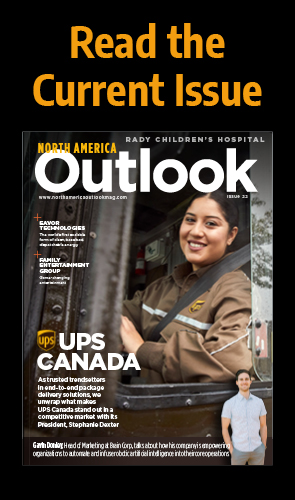Driving forward the nation’s sustainable commitments, the US National Blueprint for Transportation Decarbonization strives to cut all greenhouse gas emissions by 2050, an ambitious but achievable objective.
A LANDMARK ENVIRONMENTAL STRATEGY
The US government has begun to take bold steps in transforming the environmental footprint of the transportation sector, as set out by the recent implementation of the U.S. National Blueprint for Transportation Decarbonization (Blueprint). The influential policy proposed by the Biden administration sets an international precedent for a governmental commitment to decarbonizing the transport sector by 2050.
Implemented in September 2022, the historic memorandum of understanding (MoU) champions a synergy between the Environmental Protection Agency (EPA), the Department of Energy (DOE), Department of Transportation (DOT), and the Department of Housing and Urban Development (HUD).
Following a targeted approach, the Blueprint seeks to address the transportation sector as the greatest contributor to carbon emissions. It covers all forms of transportation – including land, air or sea – and accounts for a third of the country’s green house gas (GHG) emissions. Evidently, the holistic approach of the Blueprint signifies how the environmental responsibilities of the nation have become a primary focus in recent years, emphasizing that the commitment is not an aspiration, but an eventuality.
CONVENIENT, CLEAN AND EFFICIENT
The Blueprint tackles three strategic areas to reach a state of decarbonization by 2050, which span all passenger and freight transportation elements. For each branch of the Blueprint, a short, medium and long-term goal is established, divided into 10-year segments.
Furthermore, it is projected to be a valuable resource for the multitude of stakeholders involved in the US transportation industry, as companies have begun to work in tandem with federal agencies. This is encouraged through necessary research, public-private partnerships, and training schemes, amongst other initiatives. Consequently, the Blueprint ensures that the revitalized transport sector will yield benefits such as reducing air pollutant emissions, enhancing sustainable urban planning and advancing environmental justice objectives.
The short-term initiatives outline greater funding and authority implemented by the Blueprint, to spur a sector-wide transition to zero-emission vehicles and the increased use of sustainable fuels. Subsequently, the medium and long-term objectives herald the increased use of sustainable transportation solutions, brought to the helm by new policies, targeted investment, partnerships, and programs.
TRANSITIONING TO CLEAN VEHICLES
The first instruction of the Blueprint stands as a widespread transitioning to clean vehicles, conducive to the fact that the large majority of generated emissions stem from light, medium and heavy-duty vehicles, as well as buses and aircraft.
As such, the adoption of battery-powered vehicles is one of the most dynamic and effective strategies to decarbonize the transportation sector. This also aligns with President Biden’s environmental objective stated in 2021, in which 50 percent of vehicle sales will be zero-emission by 2030.
As the primary solution of meeting net zero by 2050, the use of battery-powered and electric vehicles (EVs) is supported by the by the long-term option of using hydrogen and biofuels, particularly for heavy-duty vehicles and in more rural communities.
In regard to aviation, a similar ethos of using biofuels, hydrogen and methanol is encouraged as fossil fuel alternatives. The Blueprint absorbs many targets proposed by the Biden administration’s Sustainable Aviation Fuel Grand Challenge Roadmap, which dictates targets of reducing aviation emissions by 20 percent by 2030.
INCREASING CONVENIENCE
A significant Blueprint component points toward more sustainable forms of regional transport and infrastructure. Therefore, the document calls on local governing bodies to incorporate sustainability into community decision making. This means consolidating different modes of transport and navigating the balance in the movement of people, goods and services. As a result, commuting burdens will be reduced, with improved walkability and cycling services.
The Blueprint further proposes federal agency intervention in local decision making around transportation and planning. In fact, it bolsters ideas around ‘smart planning’ – outlined as the relocation of renewable infrastructure including public vehicle charging stations and renewable energy facilities.
IMPROVED EFFICIENCY
The final subsector to the Blueprint is the advancement of vehicle and system initiatives that increase the frequency of environmentally friendly passenger transportation, ranging from trains to personal vehicles.
The document suggests an expansion in funding and incentives for the use of sustainably efficient vehicles, compounded with greater investment in the advantages of rail and mass passenger transit.
Due to the fact that individual modes of transport are typically decided through personal choice, the Blueprint advocates for employers and schools to adopt policies and programs which incentivize sustainable transport options, which include pool driving to work as an example.





























